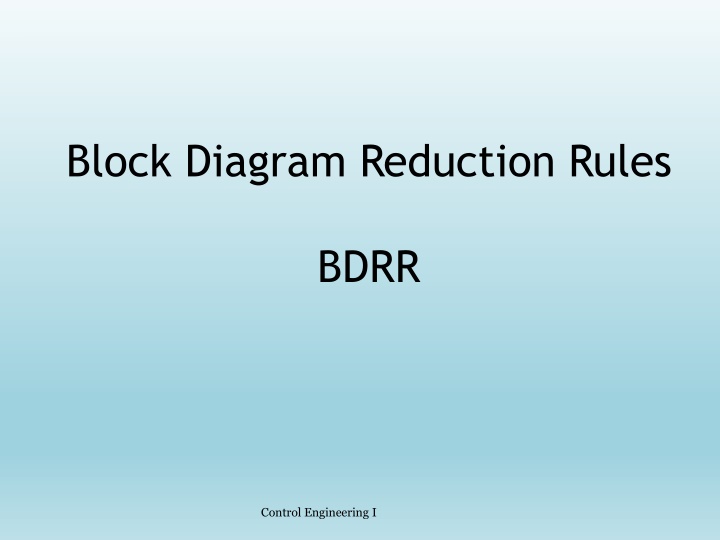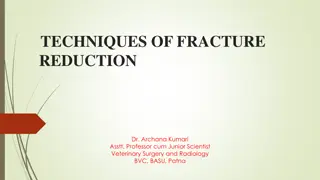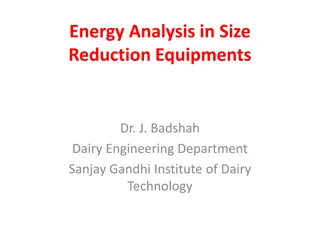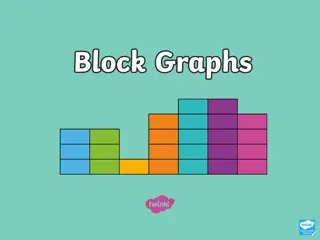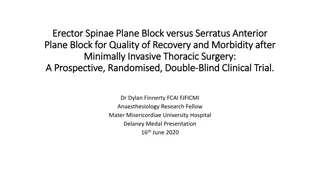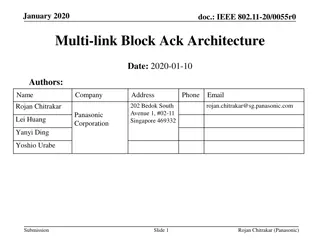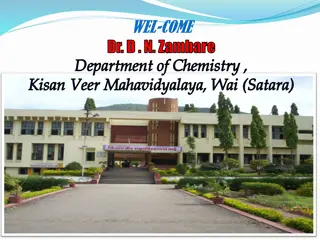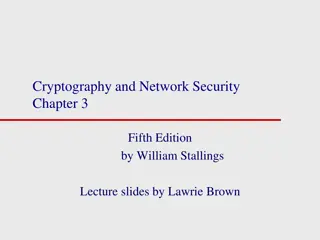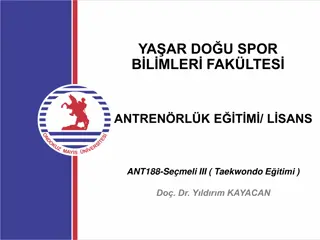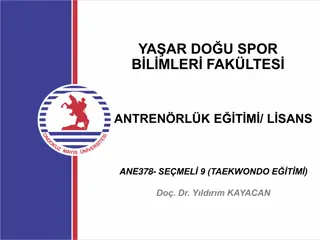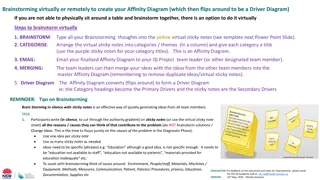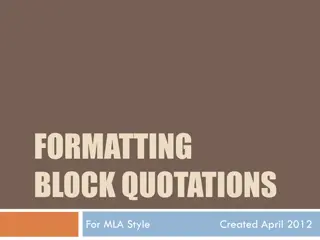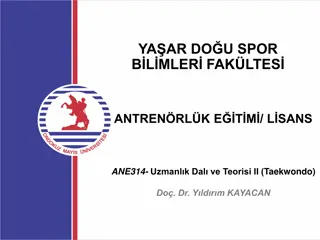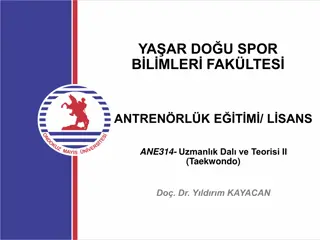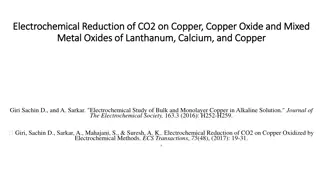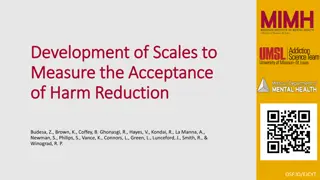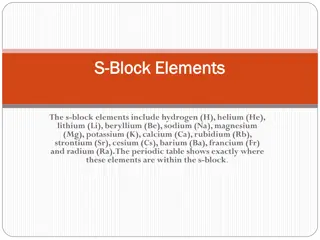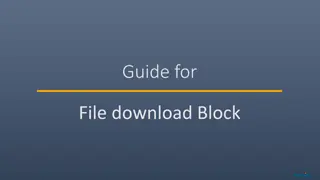Block Diagram Reduction Rules BDRR
Explore reduction techniques, transformation theorems, and examples for simplifying block diagrams in control engineering. Learn methods to combine, move, and eliminate elements for effective system analysis and design.
Download Presentation

Please find below an Image/Link to download the presentation.
The content on the website is provided AS IS for your information and personal use only. It may not be sold, licensed, or shared on other websites without obtaining consent from the author.If you encounter any issues during the download, it is possible that the publisher has removed the file from their server.
You are allowed to download the files provided on this website for personal or commercial use, subject to the condition that they are used lawfully. All files are the property of their respective owners.
The content on the website is provided AS IS for your information and personal use only. It may not be sold, licensed, or shared on other websites without obtaining consent from the author.
E N D
Presentation Transcript
Block Diagram Reduction Rules BDRR Control Engineering I
Reduction techniques Control Engineering I 1. Combining blocks in cascade G G G 1G 1 2 2 2. Combining blocks in parallel G 1 G + G 1 2 G 2
Reduction techniques Control Engineering I 3. Moving a summing point behind a block G G G
Reduction techniques Control Engineering I 3. Moving a summing point ahead of a block G G 1 G 4. Moving a pickoff point behind a block G G 1 G 5. Moving a pickoff point ahead of a block G G G
Reduction techniques Control Engineering I 6. Eliminating a feedback loop G G 1 GH H G G 1 G = 1 H 7. Swap with two neighboring summing points A B B A
Block Diagram Transformation Theorems Control Engineering I The letter P is used to represent any transfer function, and W, X , Y, Z denote any transformed signals.
Transformation Theorems Continue: Control Engineering I
Transformation Theorems Continue: Control Engineering I
Reduction of Complicated Block Diagrams: Control Engineering I
Example 4: Reduce the Block Diagram to Canonical Form. Control Engineering I
Example 4: Continue. Control Engineering I However in this example step-4 does not apply. However in this example step-6 does not apply.
Example 5: Simplify the Block Diagram. Control Engineering I
Example 5: Continue. Control Engineering I
Example 6: Reduce the Block Diagram. Control Engineering I
Example 6: Continue. Control Engineering I
Example 7: Reduce the Block Diagram. (from Book: Nise: page-242) Control Engineering I
Example 7: Continue. Control Engineering I
Example 8: For the system represented by the following block diagram determine: Control Engineering I 1. 2. 3. 4. 5. 6. 7. 8. Open loop transfer function Feed Forward Transfer function control ratio feedback ratio error ratio closed loop transfer function characteristic equation closed loop poles and zeros if K=10.
Example 8: Continue Control Engineering I First we will reduce the given block diagram to canonical form K + s 1
Example 8: Continue Control Engineering I K + s 1 K + G s 1 = K + + GH 1 + s 1 s 1
Example 8: Continue ( ) Control Engineering I B s = ( ) ( ) G s H s 1. Open loop transfer function ( ) E s C ( ) s 2. Feed Forward Transfer function = ( ) G s ( ) E s (s ) G ( ) ( s ) H C s G s =1 3. control ratio + ( ) ( ) ( ) R s G s ( ) ( G ) ( ) B s G + s H s 4. feedback ratio =1 ( ) ( ) ( ) R s s H s (s ) H ( ) E s 1 5. error ratio =1 + ( ) ( ) ( ) R s G s H s ( ) ( s ) H C s G s =1 6. closed loop transfer function + ( ) ( ) ( ) R s G s 7. characteristic equation + = ( ) ( ) G s H s 1 0 8. closed loop poles and zeros if K=10.
